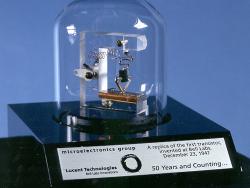A crucial step in the evolution of modern plant agriculture was the development of low-cost, energy-efficient greenhouse structures that provide optimum growing conditions year-round. In 1964, Professor William J. Roberts developed the first air-inflated double-layer polyethylene greenhouse covering system at Cook College, Rutgers University.
NJ
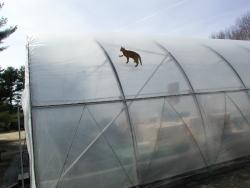
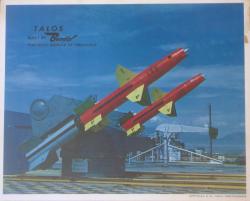
This site, originally the home of the Eclipse-Pioneer Division of the Bendix Aviation Corporation, has produced navigational instruments and engine components since 1938. Providing instruments that flew with Lindbergh across the Atlantic, and Admiral Byrd in the cold of Antarctica; from guiding American pilots in times of peace and war, to putting men on the moon, the “Bendix Invisible Crew” has been a leader in innovation and technology in the world of aviation and space exploration.
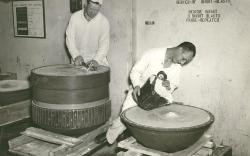
Built in 1880 as the Piccatinny Powder Depot, this site was the major supplier of smokeless powder to the military for many years.

The first company in the United States dedicated solely to the production of the liquid rocket engine, Reaction Motors, Inc. (RMI) was formed in 1941. Its four founders were rocket enthusiasts and members of the American Rocket Society. RMI developed the rocket motors that powered the first supersonic flight, that of the X-1; the retro rockets for five NASA surveyor lunar soft landers; and prepackaged liquid rocket engines for the U.S. Navy Bullpup A & B air to ground missiles, among many other pioneering programs.
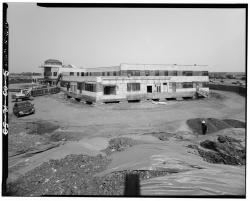
In May 1927, the same month of Charles A. Lindbergh's famous transatlantic flight from New York to Paris, a fact-finding commission appointed by the U.S. Secretary of Commerce concluded that Newark would be the ideal location for an airfield to serve the greater New York/New Jersey metropolitan area.
Civic leaders wasted no time; construction began on the Newark Airport in January 1928. Nine months and $1,750,000 later, 68 acres of soggy marshland had been filled and converted to an airport.
- Major John Berry, An Air Terminal Extraordinary, 1930 Era_date_from:
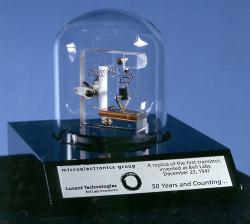
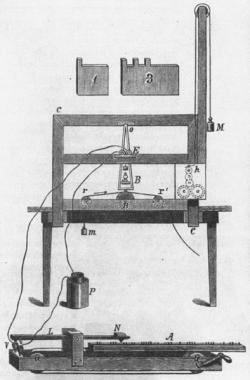
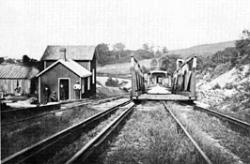
Morris Canal was built to transport coal from the Lehigh Valley of Pennsylvania to industrial markets in Newark and New York. The total length of the canal was 106 miles. The canal climbed an astonishing 914 feet from Newark Bay to the summit at Lake Hopatcong, and then dropped 760 feet to the Delaware River at Phillipsburg. This gave the canal an average vertical slope of 18 feet per mile, steep compared to the contemporary Erie Canal's relatively gentle slope of one foot per mile.
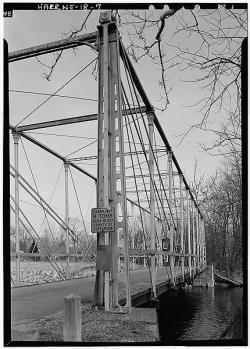
"Fink's truss design was one of a number of early patented solutions to [the problem of how] to carry a massive, moving weight (a train) over long spans (to avoid the expense of building piers and obstructing waterways) on easily erected bridges (often in rough terrain) with good long-term economy..."
- Kent Farnow Smith, "America's Oldest Functioning Iron-Truss Bridge," 1978
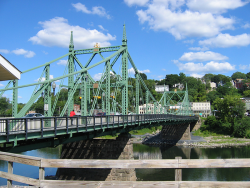
The crossing of the Delaware River at Easton, Pennsylvania, provided a central link in travel from the northeastern seaboard to America's inland territories throughout the 18th and early 19th centuries. From 1806 to the mid-1890s, travelers used a landmark wooden structure built by noted bridge-builder Timothy Palmer. By the 1880s, however, Palmer's three-span covered bridge could no longer handle the demands of traffic generated by new trolley lines.
Innovations
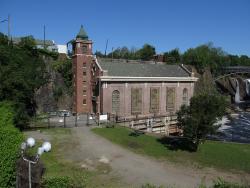
Visionary Alexander Hamilton, the United States' first Secretary of the Treasury, visited the Great Falls of the Passaic River with George Washington in 1778. The 77-foot-high, 280-foot-wide waterfall inspired his dream of abundant, inexpensive energy as the means for economic independence from…
Read More
The 1.6-mile Holland Tunnel was the first underwater vehicular crossing of the Hudson River and the first tunnel specifically designed for automobiles and trucks. It dramatically reduced the time required to traverse the Hudson River, a trip previously possible only by ferry.
A major…
Read More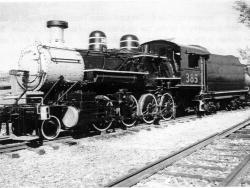
This collection of equipment—all of it maintained in operating condition and used for educational purposes—was established in 1987. It spans the period from the late 19th century to the 1940s, when steam was the prime motive force for most U.S. industries, including rail and marine…
Read More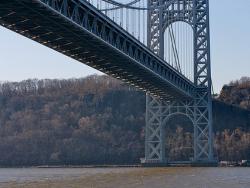
"An essential part of the human experience is to create an aesthetic atmosphere."
The George Washington Bridge represented a departure in suspension bridge design. Chief Engineer O.H. Ammann developed a system of stiffening trusses that offered greater flexibility and saved the project…
Read More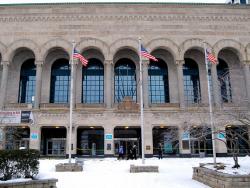
The quantities of materials used in the building are staggering: 12,000 tons of structural steel; 42,000 cubic yards of concrete - consisting of 65,000 barrels of cement and 25,000 tons of sand; 360,000 feet of piling; and 10,000,000 bricks. At the time of its construction, Atlantic City…
Read More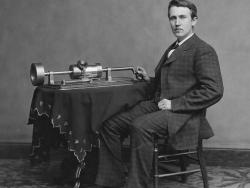
Edison's simple and unprecedented instrument allowed for the first time the permanent recording and reproduction of sound, especially the human voice. On December 6, 1877, Edison put tinfoil around the cylinder, turned the handle of the shaft and, shouting into one of the diaphragms, recorded a…
Read More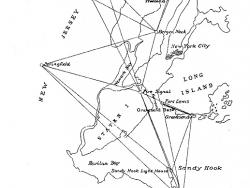
The precise system of measurements provided today by the U.S. Coast and Geodetic Survey originated with an act of Congress under the administration of Thomas Jefferson in 1807 that funded work on "an accurate chart" of America's coastal waters. Intended to aid sea-going commerce, the…
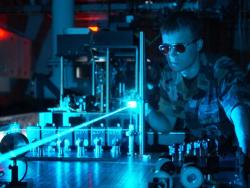
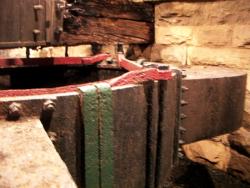
This reaction or "Scotch" turbine had as its antecedent the steam reaction wheel invented in Greek Alexandra by Hero around 100 B.C.. It found widespread hydraulic application in the United States from the beginning of the nineteenth century to mid-century when French-inspired hydraulic turbine…
Read More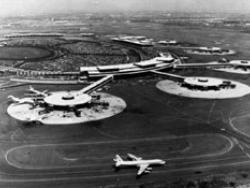
In May 1927, the same month of Charles A. Lindbergh's famous transatlantic flight from New York to Paris, a fact-finding commission appointed by the U.S. Secretary of Commerce concluded that Newark would be the ideal location for an airfield to serve the greater New York/New Jersey metropolitan…
Read More
The crossing of the Delaware River at Easton, Pennsylvania, provided a central link in travel from the northeastern seaboard to America's inland territories throughout the 18th and early 19th centuries. From 1806 to the mid-1890s, travelers used a landmark wooden structure built by noted bridge-…
Read More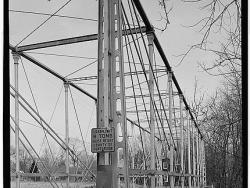
"Fink's truss design was one of a number of early patented solutions to [the problem of how] to carry a massive, moving weight (a train) over long spans (to avoid the expense of building piers and obstructing waterways) on easily erected bridges (often in rough terrain) with good long-term…
Read More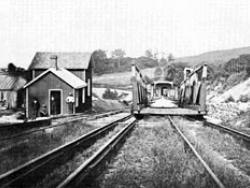
Morris Canal was built to transport coal from the Lehigh Valley of Pennsylvania to industrial markets in Newark and New York. The total length of the canal was 106 miles. The canal climbed an astonishing 914 feet from Newark Bay to the summit at Lake Hopatcong, and then dropped 760 feet to the…
Read More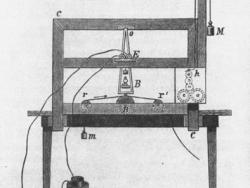
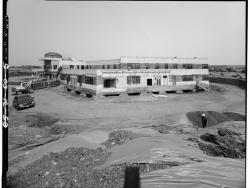
In May 1927, the same month of Charles A. Lindbergh's famous transatlantic flight from New York to Paris, a fact-finding commission appointed by the U.S. Secretary of Commerce concluded that Newark would be the ideal location for an airfield to serve the greater New York/New Jersey metropolitan…
Read More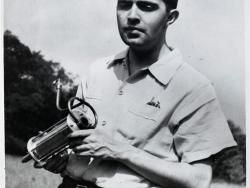
The first company in the United States dedicated solely to the production of the liquid rocket engine, Reaction Motors, Inc. (RMI) was formed in 1941. Its four founders were rocket enthusiasts and members of the American Rocket Society. RMI developed the rocket motors that powered…
Read More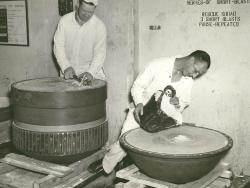
Built in 1880 as the Piccatinny Powder Depot, this site was the major supplier of smokeless powder to the military for many years. Since World War II, Picatinny Arsenal has been at the forefront of research, design, and development of a wide variety of advanced munitions for ground, airborne and…
Read More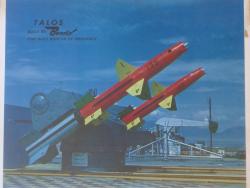
This site, originally the home of the Eclipse-Pioneer Division of the Bendix Aviation Corporation, has produced navigational instruments and engine components since 1938. Providing instruments that flew with Lindbergh across the Atlantic, and Admiral Byrd in the cold of Antarctica;…
Read More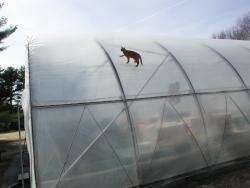
A crucial step in the evolution of modern plant agriculture was the development of low-cost, energy-efficient greenhouse structures that provide optimum growing conditions year-round. In 1964, Professor William J. Roberts developed the first air-inflated double-layer polyethylene…
Read More

